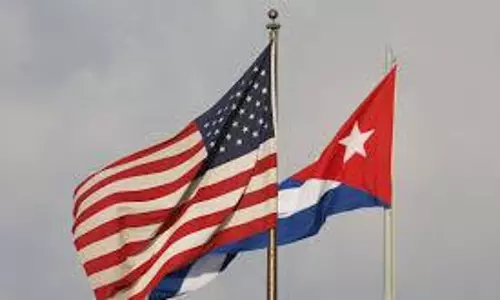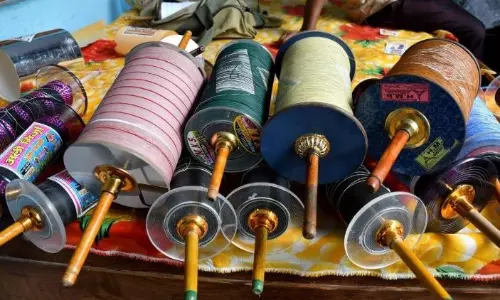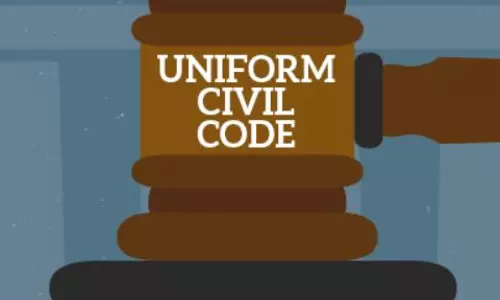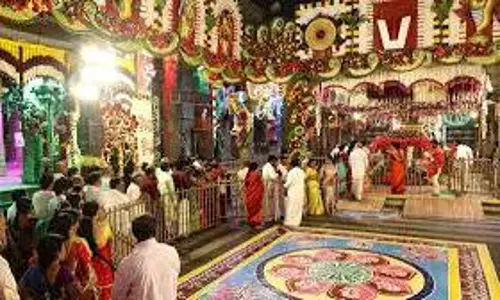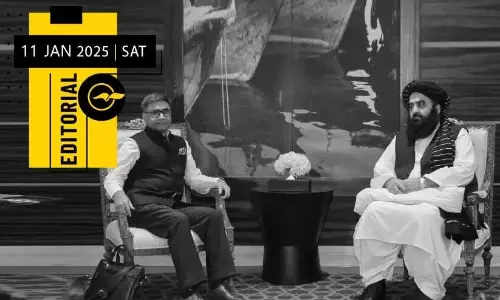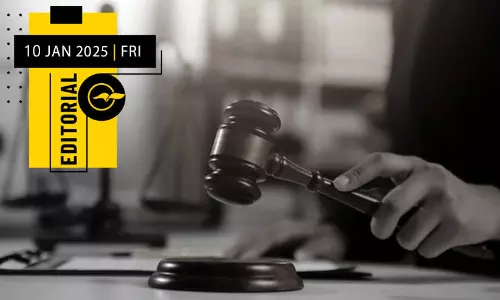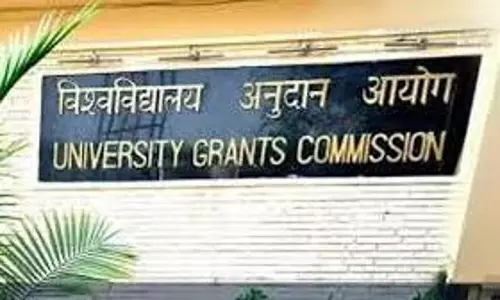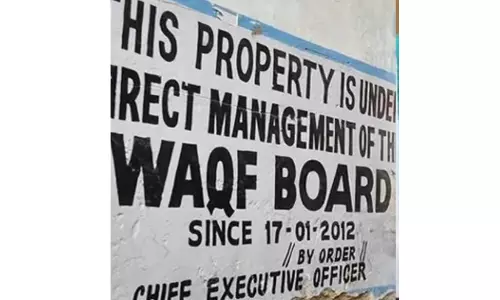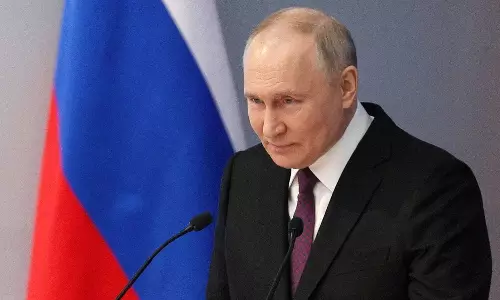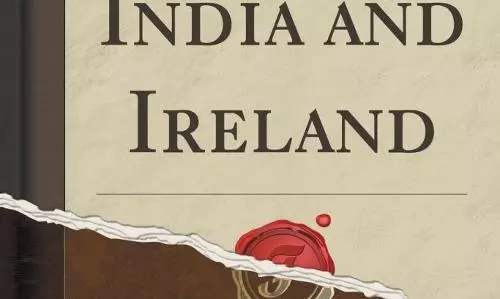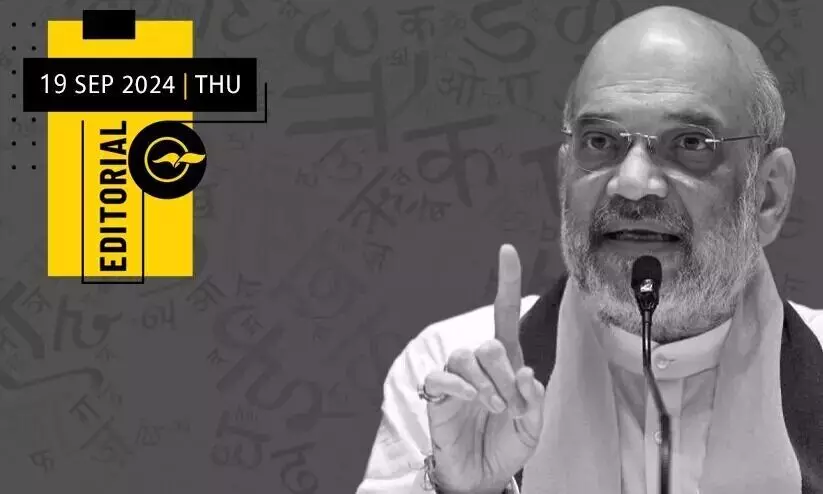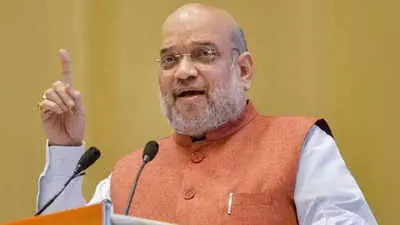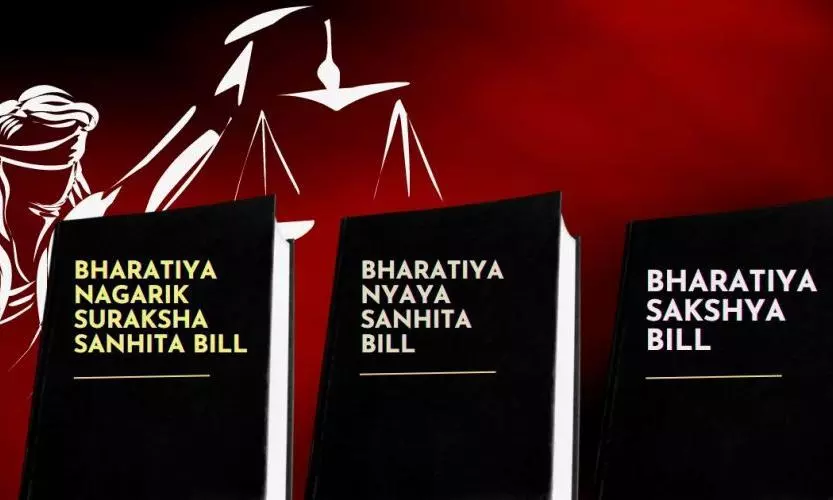
Amit Shah's Hindi thrust
text_fieldsUnion Home Minister Amit Shah made certain significant remarks at the Akhil Bhartiya Rajbhasha Sammelan on the 4th HIndi Diwas, held in New Delhi on Saturday, September 14, on the occasion of Hindi Diwas, which merit some analysis. He revealed that in the Ministry of Home Affairs, where he is in charge, all the files are now in Hindi and not a single file is in English and that it took three years to bring about this change. He added that Hindi should not clash with other Indian languages, but that other Indian languages should develop in the same way. The Union Minister also said that the Bhartiya Bhasha Anubhag will translate speeches, letters, articles and literature published in Hindi into other Indian languages.
For decades, there have been disputes and confrontations between the Centre and southern states, especially Tamil Nadu over the use of only Hindi as the official language and the exclusion of English. In 1937 during C Rajagopalachari’s Congress rule, the decision to make Hindi a compulsory language in schools in Madras was withdrawn after huge protests. Rajaji himself changed his position later. The strong protest in the 1960s and intermittent agitations subsequently were indicative of the sensitivity of the language issue. This is partly the reason is why the current BJP central government, which shouts the slogan 'Hindu, Hindi, Hindustan', has not dared to take forward the language issue which is likely to explode with its customary thrust. . It is true that the Centre's official moves are raising concerns among non-Hindi-speaking communities. Language can as much create conflict among people as unify them. The reorganization of Indian provinces into linguistic states is also a historical event.
This year's Hindi Diwas fell on the 75th anniversary of the recognition of Hindi as an official language by the Constituent Assembly on September 14, 1949. However, on that same day, the provision that states could use English as their official language for 15 years was included in the constitution which was later renewed and from extended indefinitely from 1965, recognizing the validity of the interests of non-Hindi states. Five years ago in 2019 too, on a similar occasion, Amit Shah had made remarks that Hindi can unite the country, a remark that was widely challenged. Objection was also raised as it was an attempt to recognize only Hindi as the official language and eliminate English claiming it as a colonial language. Hindi of course is the language spoken by the largest population, but that again is 46.5 per cent according to 2011 census. This growth is from 41.9 percent in 1971. In the next census, delayed from 2021, this percentage is likely to increase due to higher population growth in northern states. Even when that is the case, this is not a matter to settled by a mere majority or numbers. Languages related to Hindi in non-southern states and the Dravidian languages of south India are spoken now by the numerical majority. Amit Shah does not seem to adequately recognise this truth and counts all Indian languages within the Hindi family.
Even when champions of Hindi claim that the aim is not to clash with other languages, nor to impose Hindi, but to make other regional languages flourish equally well, the core idea behind it is to eliminate the status of English as a link language. When English is thus downgraded, the non-Hindi states are sure to be handicapped and may lose their standing and representation in matters related to the Centre and at official levels. However, a proposal put forward as a partial solution to the multi-language conundrum of the country, and was endorsed by most states was the three-language formula given by the Kothari Commission in 1960s. Accordingly, the students of non-Hindi states had to learn the mother tongue, English and Hindi, and the students of Hindi states had to lean the language of other states in addition to English and Hindi. Although the South Indian states were more or less ready to accept it, the Hindi-speaking states failed to learn the language of other states and instead included Sanskrit which was not spoken anywhere in the country as their choice. Meanwhile, the central government is slowly starting the Hindi bulldozer. Even while the Centre claims that Hindi is not being thrust on any one, there is a legitimate concern that there is a move to alienate non-Hindi languages. This in turn, will never lead to national integration but will only lead to further division in society.




